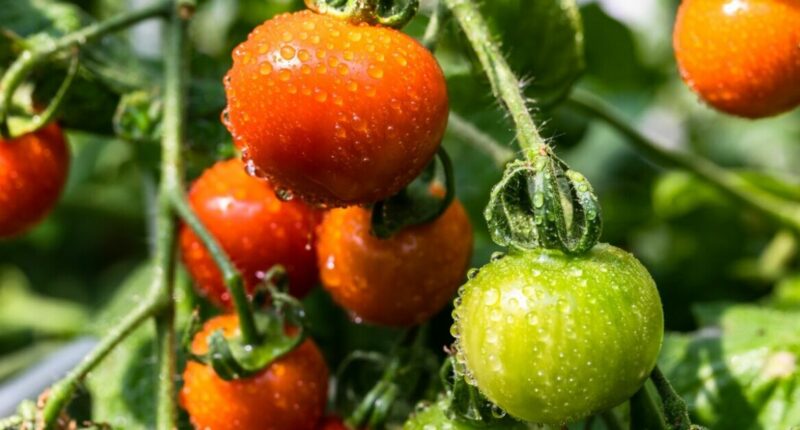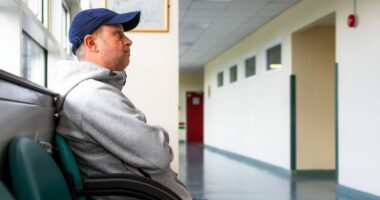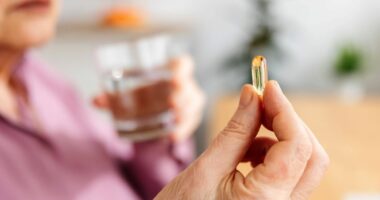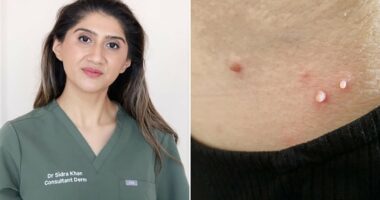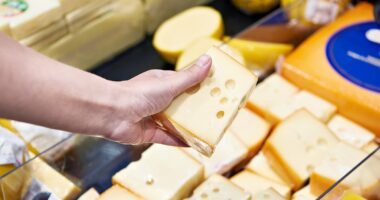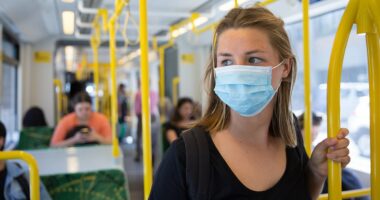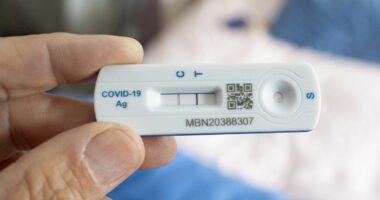Share this @internewscast.com
A salmonella outbreak has affected 29 Britons, leading to an urgent alert. The infection is linked to cherry tomatoes sourced from Sicily, as reported by the European Centre for Disease Prevention and Control (ECDC).
This incident is part of a larger outbreak affecting various regions in Europe and North America. Since January 2023, there have been 289 confirmed cases in 16 European nations. Italy reported 78 cases, Germany 68, Austria 59, and France 24.
According to Food Safety News, investigations in 2023 and 2024 identified Sicilian cherry tomatoes as the source of infection.
The ECDC described the outbreak as seasonal, with most cases in summer months.
The ECDC stated: “The recurrence of cases in 2025, including those with no travel history, indicates that the spread and distribution of contaminated products are continuing beyond Italy.
“The presence of cases in multiple countries underscores the need for continued surveillance and cross-sector coordinated response.”
The same organisation said the risk of new infections would remain as long as seasonal delivery of contaminated produce continues.
The organization warned that new outbreaks are likely until the root cause of the contamination is identified and preventive measures are implemented.
Environmental sources should be examined to determine where Salmonella Strathcona contaminates the produce, according to ECDC’s recommendations.
Salmonella infection stems from bacteria present in the intestines of various birds and animals. Its presence in food can cause stomach infections in humans, leading to diarrhea that may last for several days.
The period between picking up Salmonella and falling ill can be between six hours and three days. It can be longer, but often it is within 12-36 hours, according to NHS Borders.
Symptoms usually include: loose stools, tummy pain, fever, headache, nausea and/or vomiting and general tiredness.
These symptoms usually clear up within three to seven days but a small number of people take weeks to fully recover. Blood poisoning, abscesses and joint pains are rarer complications.
An infected person can contaminate foodstuffs by poor hand hygiene. The commonest route is eating contaminated food or drinks.
These can include unpasteurised milk or eggs and uncooked meats, especially poultry. It has also been found in chocolate, cooked meats, baby milk and salads.
To reduce the risk of Salmonella, wash your hands throughly after changing nappies, handling animals and going to the loo.
You should also wash your hands before cooking, handling food, eating and feeding those who can’t feed themselves.
Food should also be prepared safely and meat thoroughly cooked. Heating food to 70C for at least two minutes destroys Salmonella. You should also avoid raw dairy products and only drink treated water.
